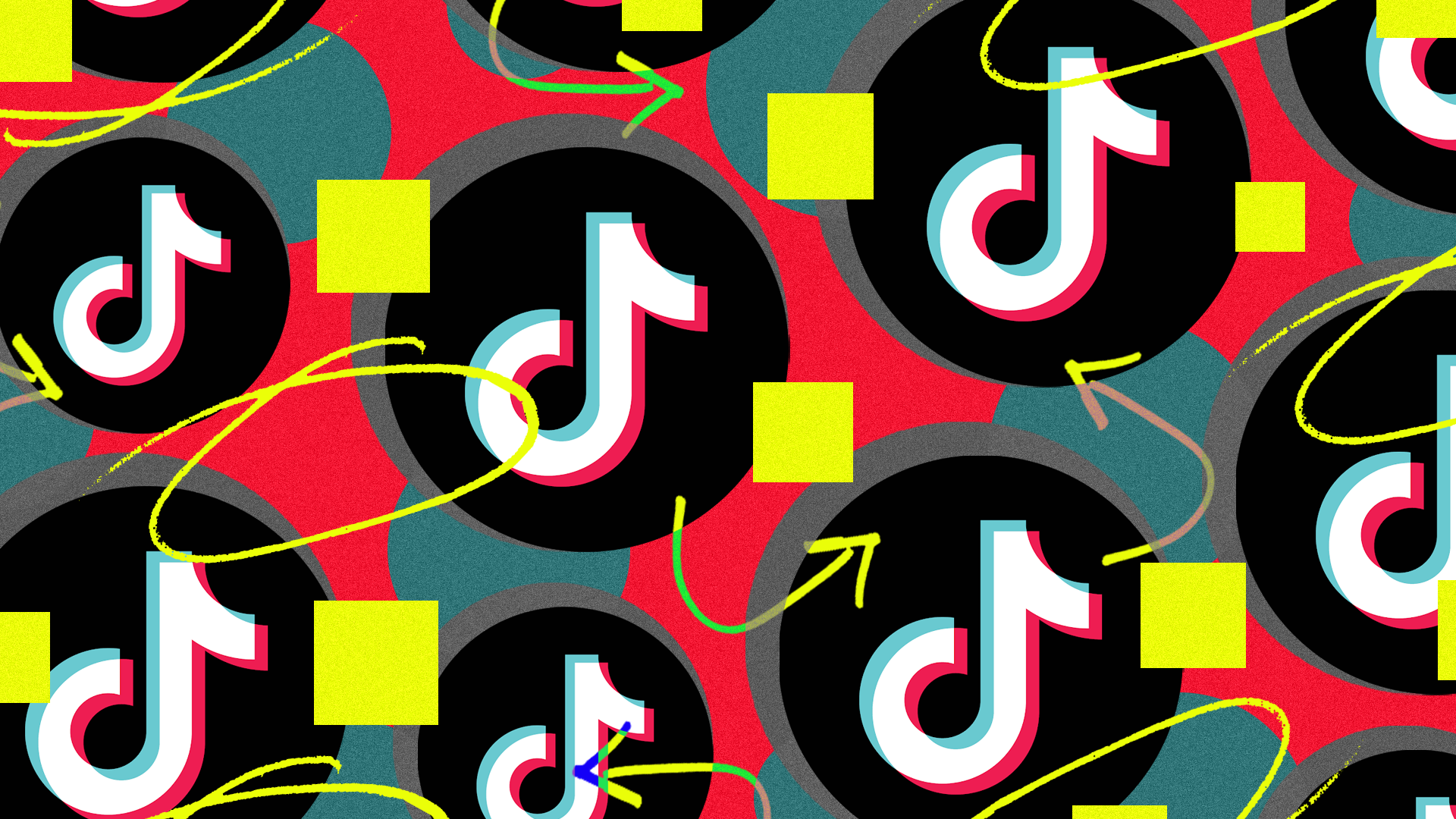Teenagers under the age of 18 in the US must now type a password into TikTok after sixty minutes of daily use if they want to continue. It comes as the platform faces a possible ban and mounting privacy concerns.
Young people in the US will have to input a password if they want to continue using TikTok after an hour of daily use, the platform has announced.
A further prompt to set usage limits will appear if screen time exceeds 100 minutes. Teenagers will also receive a weekly notification with a recap and breakdown of their time on TikTok over the previous seven days.
TikTok says the new initiatives are designed to give users more ‘control’ over their use of the app, and encourage a more conscious experience that reduces mindless scrolling or obsessive behaviours.
The platform has faced growing government pressure over potential spyware and damaging content in recent months.
It has long been treated with suspicion due to its Chinese ownership, but new allegations accuse TikTok of harvesting sensitive user data without permission. Last week, Canadian officials barred the app from being downloaded onto government devices as a cybersecurity measure, following in the footsteps of the EU and Congress.
In the US, legislation banning TikTok on all devices has just been backed by a Republican House committee, who described the app as ‘spy balloon in your phone’. This could mean a potential, widespread shutdown of the app for all US citizens, not just government officials.
TikTok responded to the US government's potential ban of the app pic.twitter.com/JXkgA711Qj
— Dexerto (@Dexerto) March 1, 2023




















